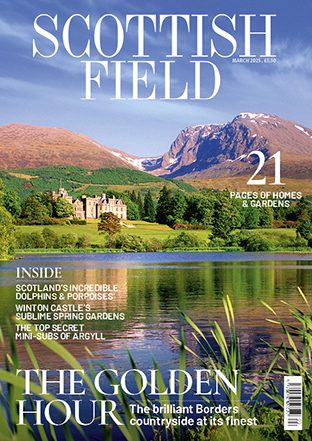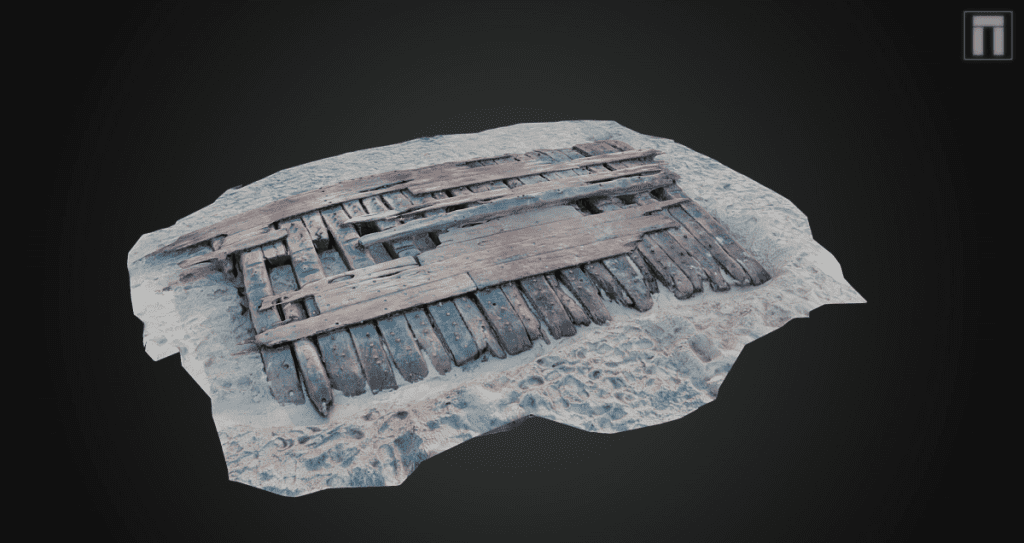
Archaeologists identify 250-year-old shipwreck in Orkney
Archaeologists have identified a 250-year-old shipwreck, which was discovered on the island of Sanday in Orkney.
Evidence points to the wreck being the Earl of Chatham, a former Royal Navy vessel called HMS Hind which was renamed once it became a whaling ship.
A sixth rate 24-gun frigate, HMS Hind saw many years of active service, including the sieges of Louisbourg and Quebec in the 1750s and the American Revolutionary War in the late 1770s.
Once it was decommissioned, it was sold and renamed the Earl of Chatham, becoming a mighty 500-ton whaling ship. This was common for Royal Navy ships as their excellent build quality allowed them to withstand the icy conditions of British whaling routes.
As the Earl of Chatham, it completed four seasons in the Arctic before ultimately meeting its end in the Bay of Lopness in March 1788. It carried 56 sailors on-board at the time, all of whom survived.
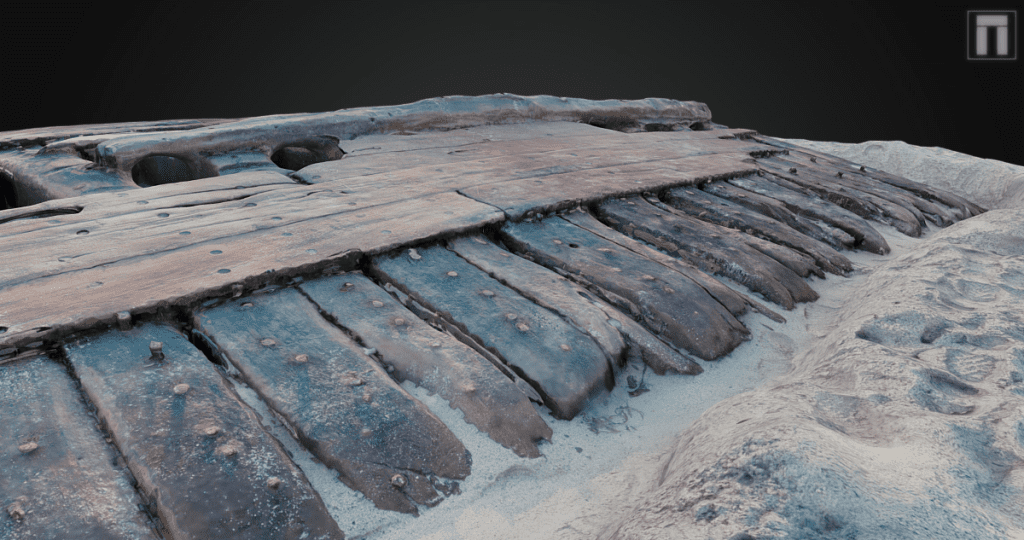
A close up of the 3d model of the Sanday Wreck, which has recently been identified as the Earl of Chatham. Credit: Wessex Archaeology
The timbers were first discovered by the community of Sanday last year after the shipwreck was revealed due to changes in the climate.
Increased storminess and unusual wind patterns led to removal of the covering sands which had hidden and protected the wreck for centuries.
Changes to coastlines, which are predicted to accelerate in coming decades, could make similar finds more common.
Wessex Archaeology, working with Dendrochronicle and volunteer community researchers, helped identify the ship.
A dendrochronological assessment and analysis of the wood was conducted and determined that the ship was built with wood from south and southwest England.
It took several months working with archives and community records to find the most likely candidate for the ship.
‘It is thanks to our dedicated team of community researchers and the evidence they have gathered that means we have been able to identify the Sanday Wreck with a reasonable degree of confidence,’ Ben Saunders, Senior Marine Archaeologist at Wessex Archaeology, said.
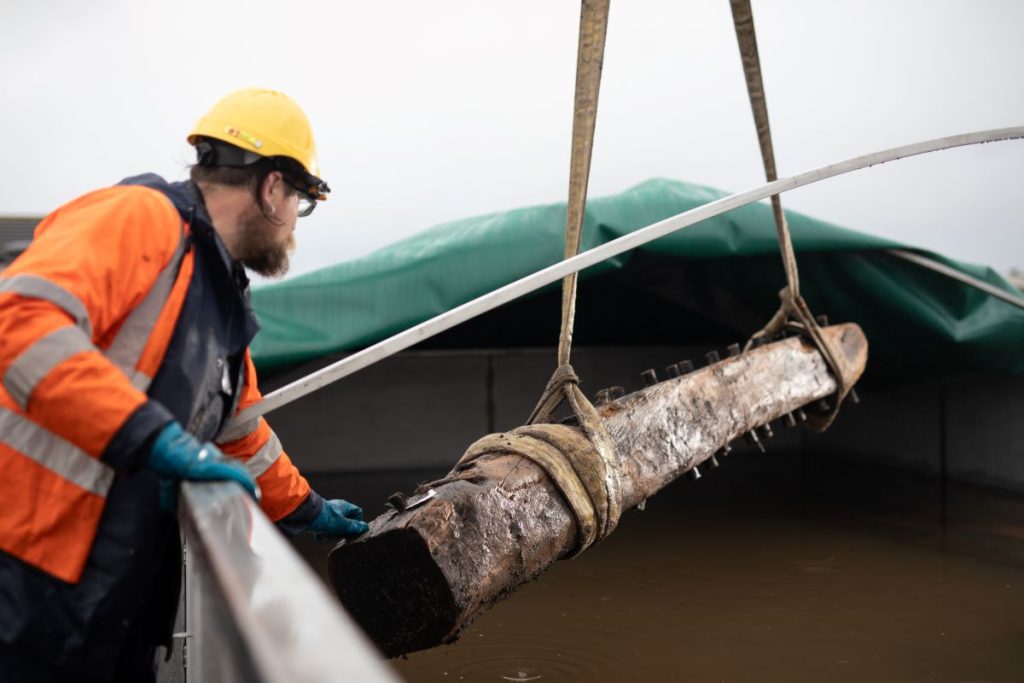
Ben Saunders from Wessex Archaeology supervises the Sanday Wreck timbers as they are placed in a freshwater tank to preserve them. Credit: Orkney Islands Council
‘Throughout this project, we have learned so much about the wreck, but also about the community in Sanday in the 1780s.
‘Sanday was infamous for shipwrecks at the time, called ‘the cradle of shipwrecks in Scotland’, but the community was equally well-known for its hospitability as it looked after sailors who fell afoul of the area’s stormy seas.
‘We are grateful to the support from our partners, and we’re delighted to be able to share our work on this intriguing wreck.’
The timbers are currently housed in a freshwater tank at the Sanday Heritage Centre to conserve them, where visitors can find out more about the wreck’s story and Sanday’s history.
The tank was funded by National Heritage Memorial Fund and provides a stable environment for the timbers, which if not submerged in water would begin to dry out and crumble after so long buried in the intertidal sands.
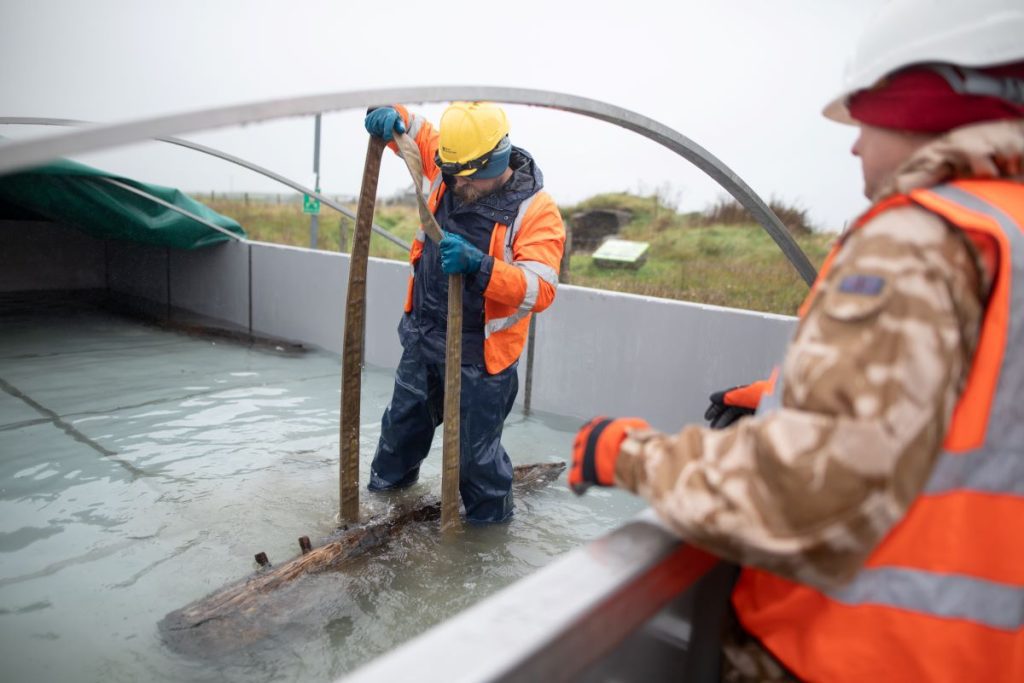
Timbers from the Sanday Wreck being placed in a fresh water tank for preservation at the Sanday Heritage Centre. Credit: Orkney Islands Council
‘The work to uncover the identity of the wreck has been hugely exciting,’ Clive Struver, Chair of the Sanday Development Trust said.
‘Now that we have this knowledge about the wreck and how it came to rest in Sanday, the next step is very much to explore what the community here would like to see happen in terms of where and how the story of the wreck and our island’s past as the ‘cradle of shipwrecks in Scotland’ can be captured for generations to come – including importantly how that could be achieved in the context of a small island and in a way that honours and reflects the unique character of Sanday.’
Read more News stories here.
Subscribe to read the latest issue of Scottish Field.
TAGS

